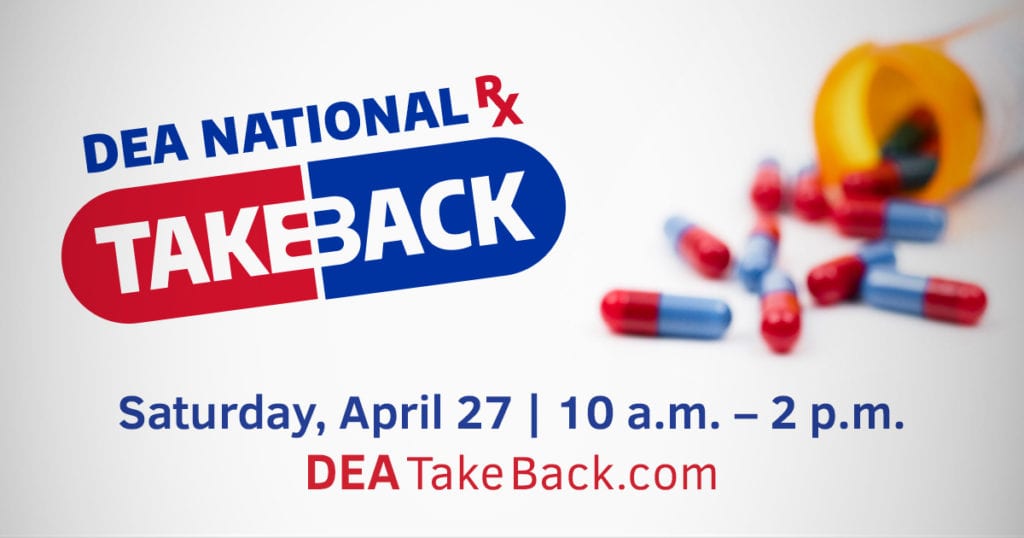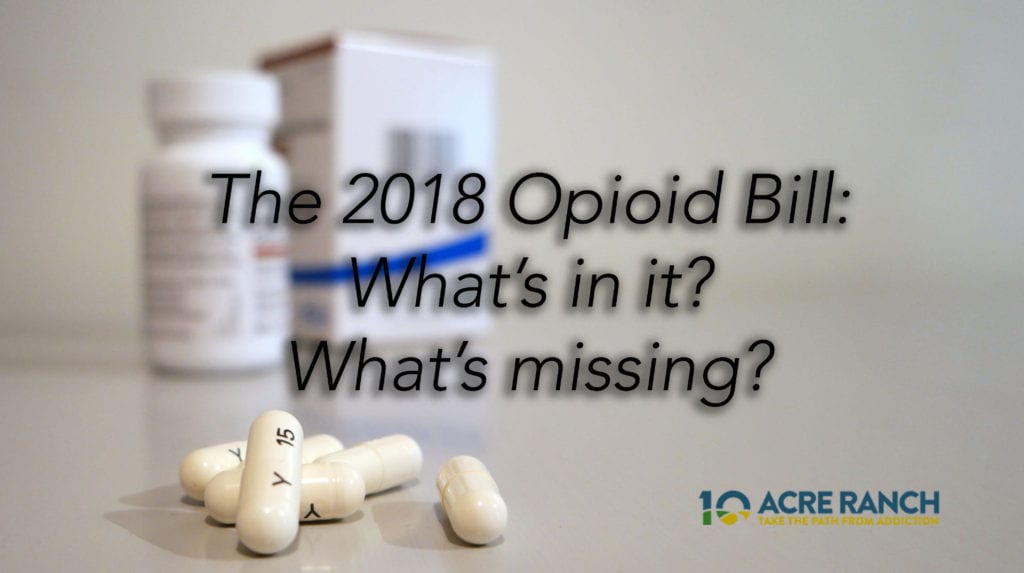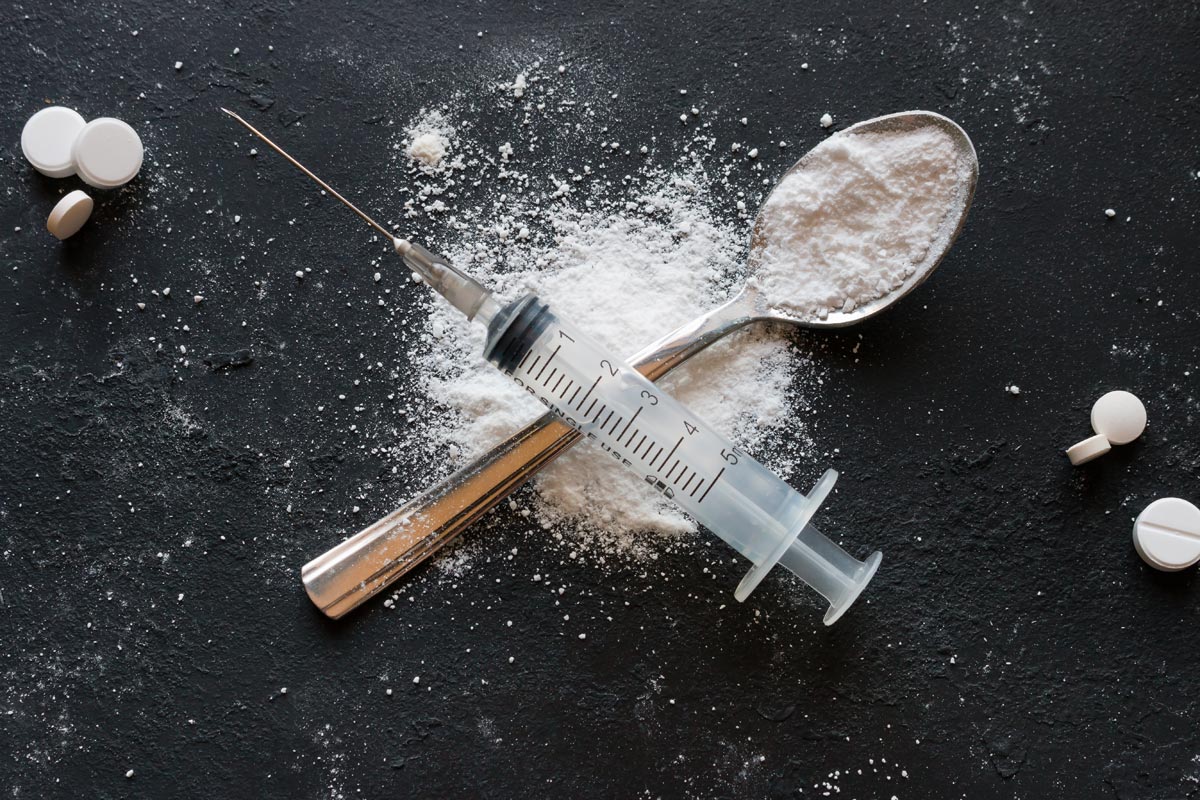Prescription drug abuse is a major concern across the United States as many communities are struggling with the ongoing opioid …
The 2018 Opioid Bill
this problem. Allowing Medicaid to help fund up to 30 days of inpatient rehab stays, including medication-assisted treatment (MAT) …
Addiction Treatment Funding Cuts
obstacles similar to our own regarding getting people the help they need Addiction is deadly. Treating such conditions usually …
Addiction Treatment Recovery Vaccine
A requirement that could be a long way from fulfillment. So, how close are way to seeing a vaccine for deadly drugs like heroin …










